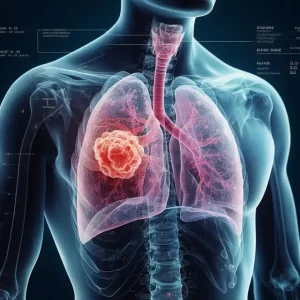Lancet: COVID-19 Characteristics Susceptibility and Transmission in families
- EPA Announces First-Ever Regulation for “Forever Chemicals” in Drinking Water
- Kochi University pioneers outpatient bladder cancer treatment using semiconductor lasers
- ASPEN 2024: Nutritional Therapy Strategies for Cancer and Critically Ill Patients
- Which lung cancer patients can benefit from neoadjuvant immunotherapy?
- Heme Iron Absorption: Why Meat Matters for Women’s Iron Needs
- “Miracle Weight-loss Drug” Semaglutide Is Not Always Effective
Lancet: COVID-19 Characteristics Susceptibility and Transmission in families
Lancet: COVID-19 Characteristics Susceptibility and Transmission in families. The Lancet publishes a large-scale study revealing the characteristics, population susceptibility and transmission power of the new coronavirus in the family.

On January 19, 2021, the internationally renowned journal “Lancet infectious disease” published online research results of the Huazhong University of Science and Technology School of Public Health team on the transmission characteristics, population susceptibility, and transmission power of the new coronavirus in Wuhan City , The study is the largest domestic and international epidemiological study on the spread of the new coronavirus within the family.

Research Background
The family is an ideal place to assess the human-to-human transmission capacity of the new coronavirus, as well as the risk factors for infectiousness and susceptibility to infection. The secondary attack rates (SAR) in families vary greatly in each region. For example, related studies in Taiwan report that the incidence rate in families is about 4.6%, and that in Zhejiang is about 31.6%. However, these studies have been reported. The number of households included is less than 300. In addition, the results of research on population age susceptibility are also divided. Some studies have found that older people are associated with increased susceptibility; a study in Israel identified infants as a highly susceptible group; a study in Guangzhou did not find the effect of age on infectivity. A South Korean study reported a high rate of infection among household contacts of COVID-19 cases between the ages of 10 and 19, but no infection among household contacts of younger COVID-19 cases.
Wuhan is the earliest outbreak center of the global outbreak of new coronavirus pneumonia. The team of the School of Public Health of Huazhong University of Science and Technology intends to use a large retrospective cohort study to explore the transmission characteristics of the new coronavirus in Wuhan and related factors that affect the spread of the virus and the susceptibility of the population .
Research method
This study is a retrospective cohort study that included all confirmed cases of new coronavirus pneumonia (including laboratory confirmed cases and clinically confirmed cases) and asymptomatic infections reported in Wuhan from December 2, 2019 to April 18, 2020 Analysis of the person’s family.
The definition of family includes family members who live in the same residence; relatives who do not live together but have close contact with family members are also considered to come from the same family.
Taking into account the differences in exposure of different individuals, this study used a statistical transmission model to estimate the incidence of the second generation in the family, and evaluated the factors that affect the transmission of the new coronavirus and the susceptibility of the population. In addition, by calculating the number of household reproduction (the number of people who can be infected by one case in each household), the effect of the epidemic intervention policies implemented in Wuhan at different stages was evaluated.
Research result
A total of 27,101 families were included in the study, including 29,578 cases of one generation and 57,581 cases of close family contacts.
When the average incubation period of the new coronavirus is set to 5 days and the maximum infectious period is set to 22 days, the calculated second-generation incidence rate in the family is 15.6% (95% confidence interval: 15.2-16.0).
Compared with people of other ages, people over 60 years old are at the highest risk of contracting the new coronavirus, while infants aged 0-1 are more susceptible than those aged 2-5 years (odds ratio (OR)=2.20, 95% confidence interval: 1.40- 3.44) and children aged 6-12 (OR=1.53, 95% confidence interval: 1.01-2.34).
When the contact time is the same, the ability of children and adolescent cases (under 20 years of age) to infect others is 1.58 times that of people aged 60 and over (95% confidence interval: 1.28-1.95). The ability of asymptomatic infections to infect others is much lower than that of confirmed cases with clinical symptoms (OR=0.21, 95% confidence interval: 0.14-0.31), while confirmed cases with symptoms are more transmissible before the onset (incubation period) The latter is stronger (OR=1.42, 95% confidence interval: 1.30-1.55).
After the implementation of strict epidemic intervention policies (such as isolation of cases and close contacts and restrictions on travel), the number of family reproductives in the first generation of cases has dropped by 52% (from 0.25 to 0.12), and the number of family reproductives in subsequent cases has been reduced from 0.17 to 0.17 0.063, a reduction of 63%.
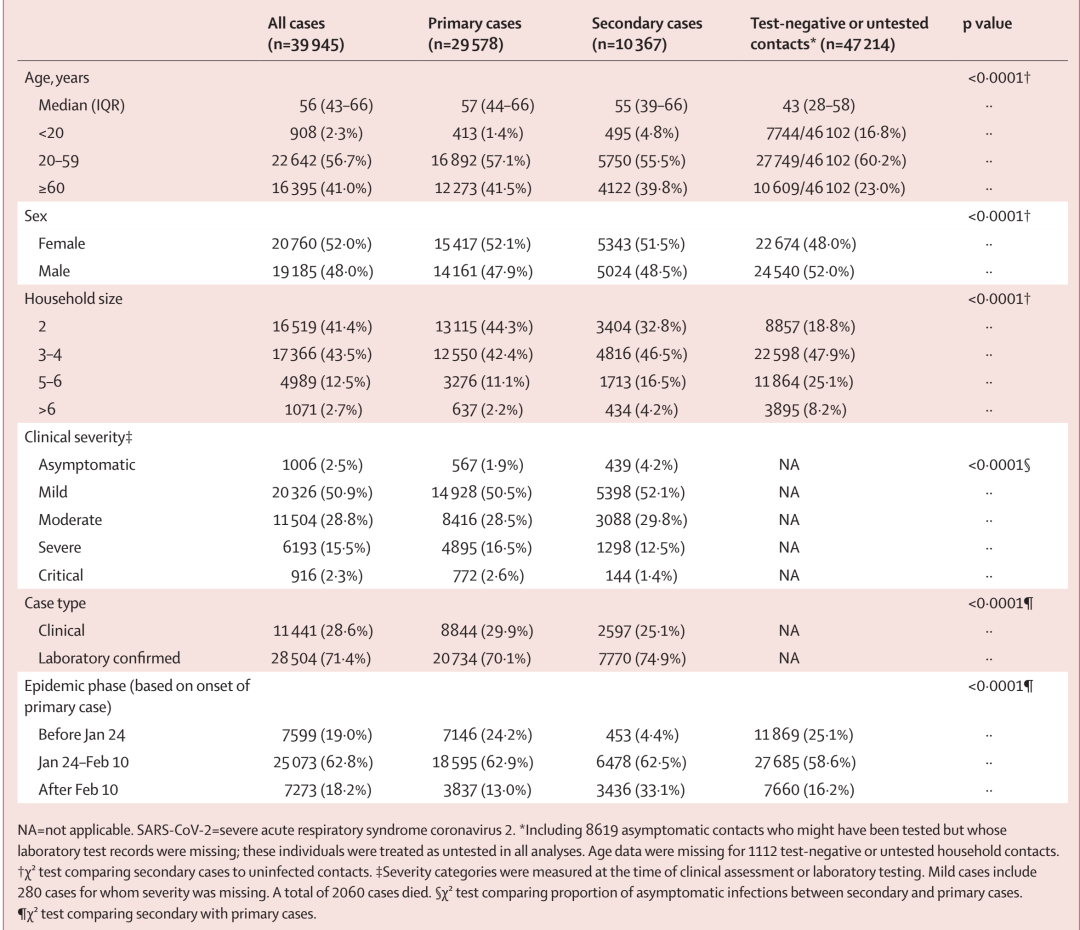
Table 1 Demographic and clinical characteristics of first-generation cases, second-generation cases, and tested-negative or untested contacts of new coronavirus-infected families in Wuhan, China, from December 2, 2019 to April 18, 2020
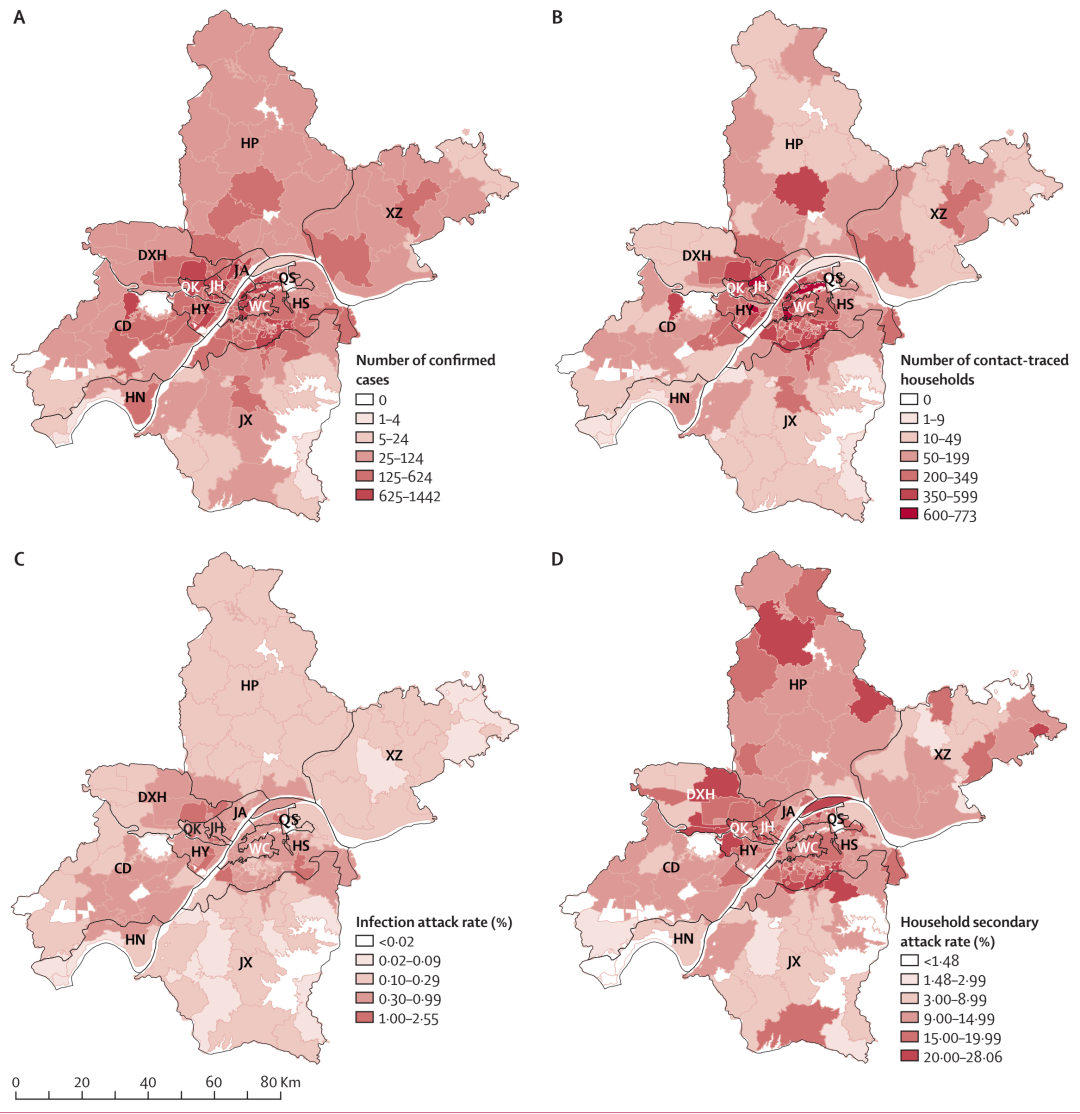
Figure 1 The spatial distribution of all confirmed cases of new coronavirus infection and retrospective tracking family cohorts reported in Wuhan, China, from December 2, 2019 to April 18, 2020
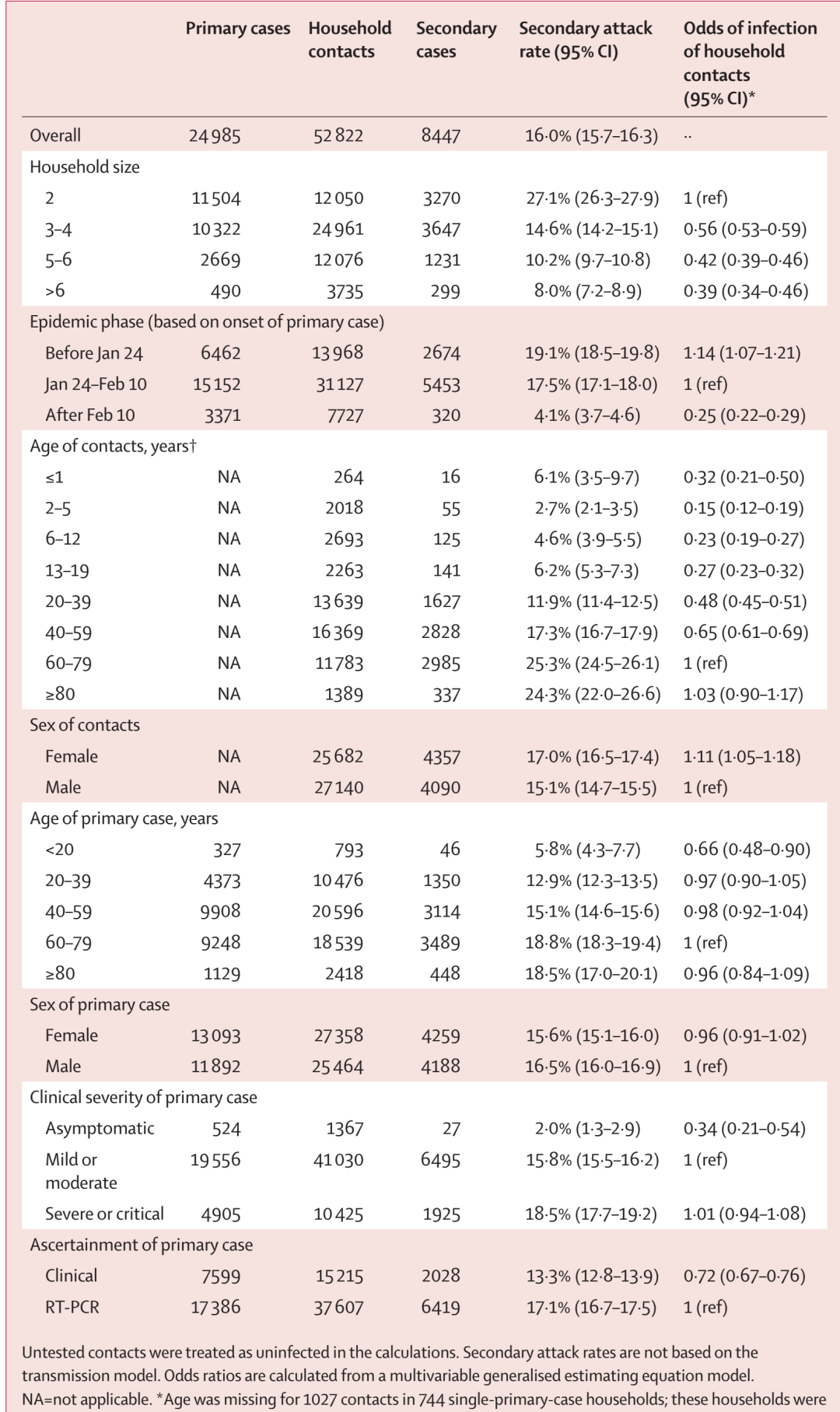
Table 2 List of second-generation incidence rates in families of first-generation cases with different characteristics
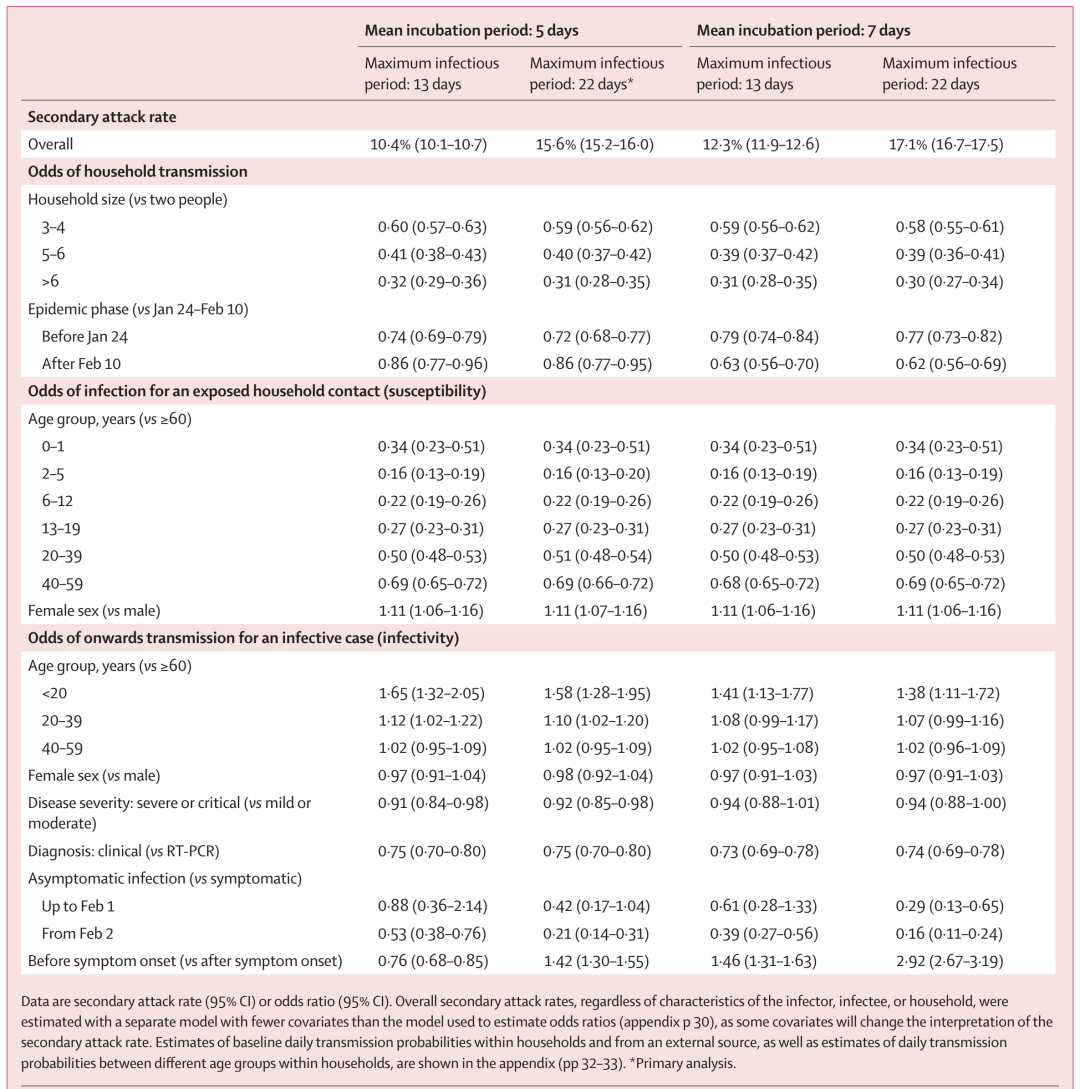
Table 3 The second-generation incidence rate and OR value calculated by the model to estimate the susceptibility and infectivity of the new coronavirus in different populations
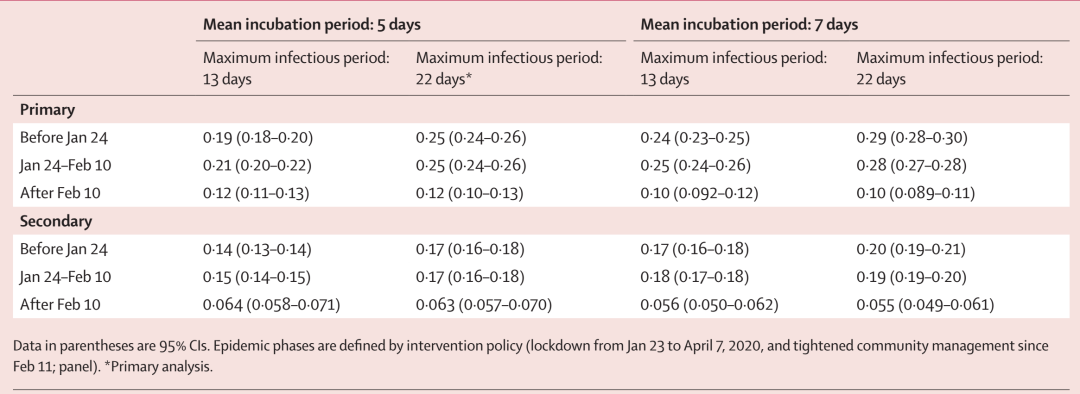
Table 4 Comparison of the number of household reproductions of first-generation and second-generation cases before and after the implementation of the 2020 epidemic intervention policy
Significance
In the family, infants, young children and adolescents are generally less susceptible to the new coronavirus than the elderly, but their transmission power is stronger; the transmission power of asymptomatic infections is lower than that of cases with clinical symptoms, while cases with clinical symptoms are in the incubation period Nabi is more contagious after symptoms appear.
In addition, the findings of this study have important guiding significance for formulating control measures for the COVID-19 pneumonia epidemic. For example, when vaccine resources allow, because child cases have stronger transmission power, it is recommended that eligible children be vaccinated in time.
(source:internet, reference only)
Disclaimer of medicaltrend.org



